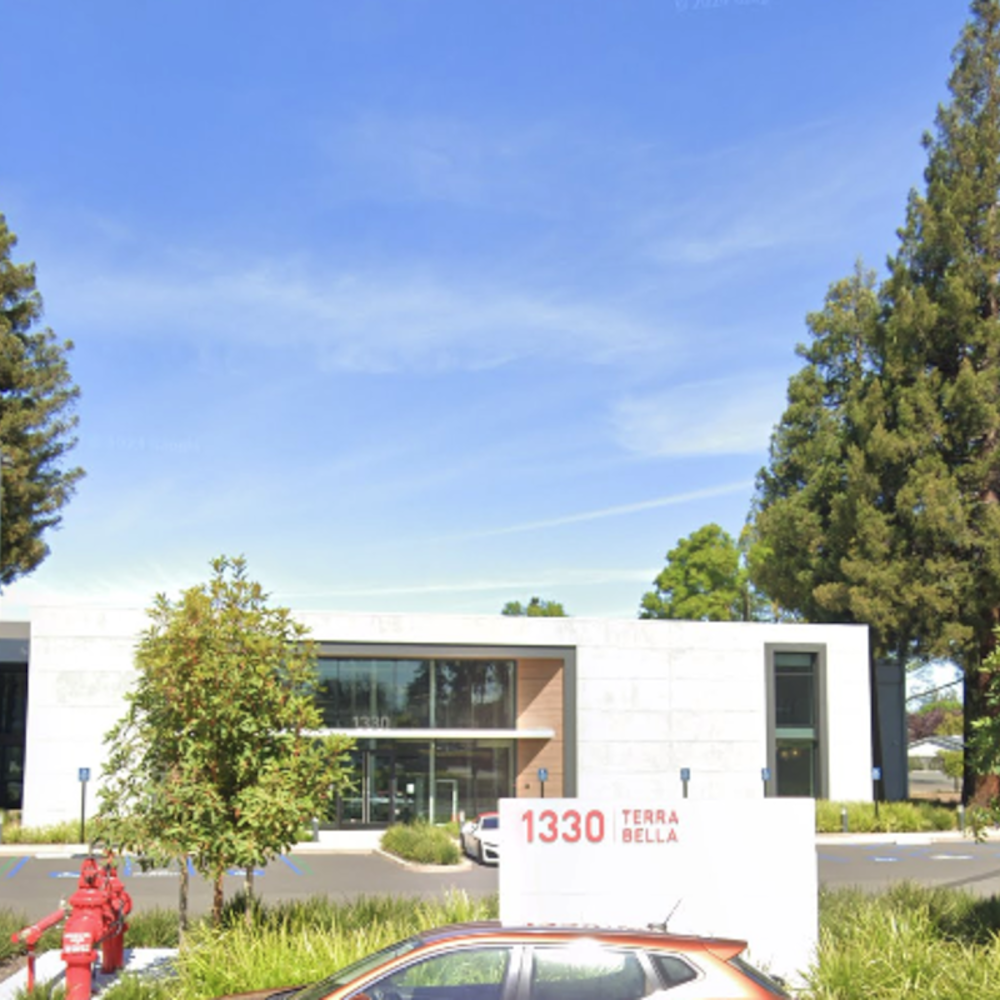
Chilling new research suggests that around two-thirds of Chicago's children under six years old are being exposed to hazardous lead in their drinking water. This exposure could potentially continue to impact health and development, experts warn. The Chicago Sun-Times reports findings from a joint study conducted by Stanford Medicine and the Johns Hopkins Bloomberg School of Public Health, which estimates that of the 191,000 young children in the city, about 121,000 have been drinking water contaminated with lead.
The evaluation used bleeding-edge artificial intelligence to model the level of exposure and simulate the rise in blood lead levels from consuming the affected water. According to an article published by Stanford Medicine, these young children, after 150 days of exposure, are estimated to have doubled their blood lead content, in comparison to a scenario with no lead in the water. As a potent neurotoxin, lead can significantly harm the cardiovascular and renal systems and is especially dangerous to the neural development of children under six, raising risks of learning issues, developmental delays and a bevy of long-term health impacts.
The origin of this extensive contamination can be traced back to the city's legacy infrastructure. Chicago ranks first nation-wide with an estimated 400,000 lead service lines still in use, a dismal record for the city which mandated these harmful pipes up until their federal ban in 1986. In response to this crisis, city authorities have begun incremental efforts to replace all lead service lines, but with little progress, having replaced merely 280 pipes from 2020 to 2022. According to the Chicago Sun-Times, this slow pace has left Chicago residents grappling with this issue for potentially decades, despite federal resources allocated for the pipe replacements.
Moreover, the study highlights a troubling disparity in exposure rates among different communities, with Black and Hispanic children found to be more likely to live in homes with contaminated water. Census data revealed that majority white neighborhoods feature higher lead-testing rates, while areas occupied by majority Black or Hispanic populations have considerably less testing done. The city does offer free lead-testing kits, yet the uptake in communities that stand to the most benefit remains inadequate, possibly due to lack of awareness or accessibility. Driving home the urgency of the issue, a senior policy advocate for environmental health at the Natural Resources Defense Council said, "Anytime children are involved, it points to the urgency,” in a statement obtained by the Chicago Sun-Times.
The Environmental Protection Agency (EPA) has decreed that no level of lead in drinking water is safe, yet Chicago has been given a lenient timeline with an additional 30 years to remove all of its lead pipes—a total of 40 years to rectify an already prolonged public health hazard. Benjamin Huynh, PhD, assistant professor of environmental health and engineering at Johns Hopkins and lead author of the study, questioned the extended timeframe. "Should we really be waiting 40 years as lead continues to contaminate tap water?" he told Stanford Medicine. The consensus among experts is that a large-scale intervention is needed, and it can't come soon enough for the children of Chicago.









